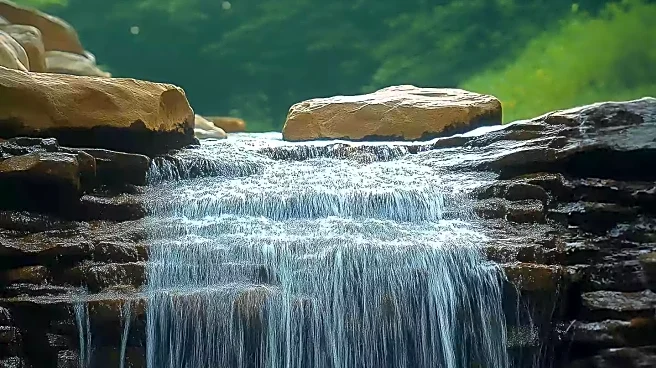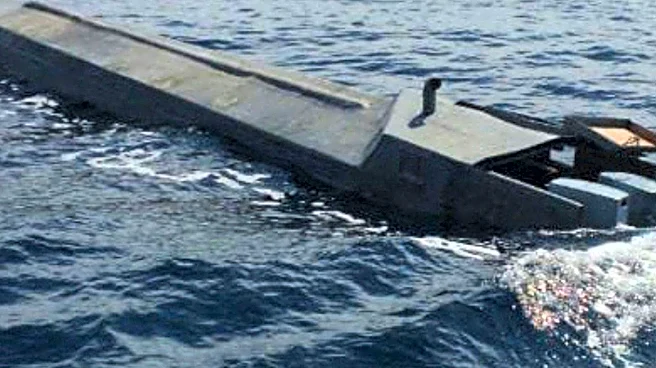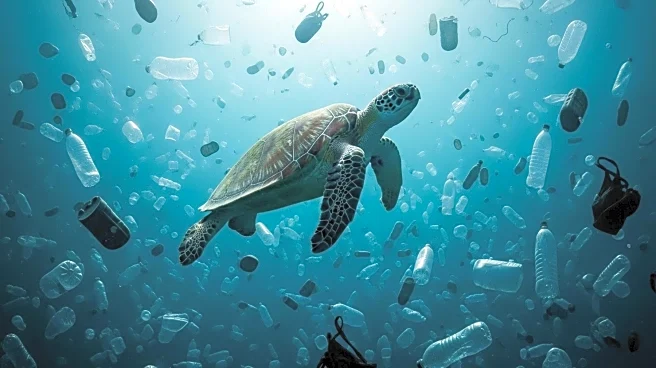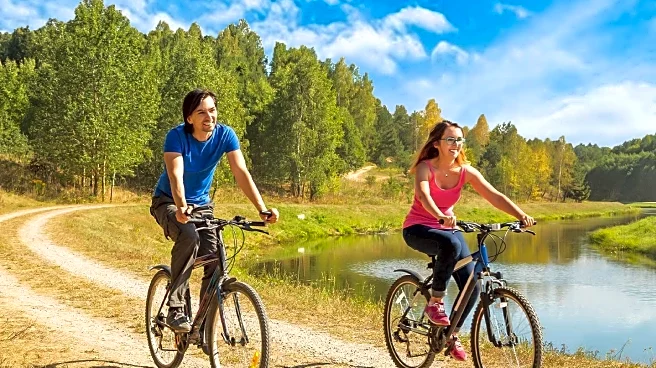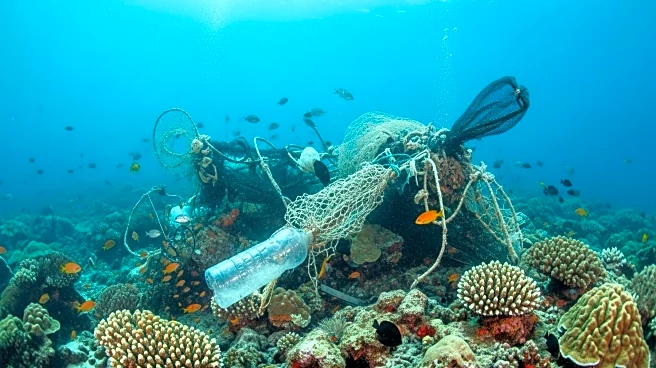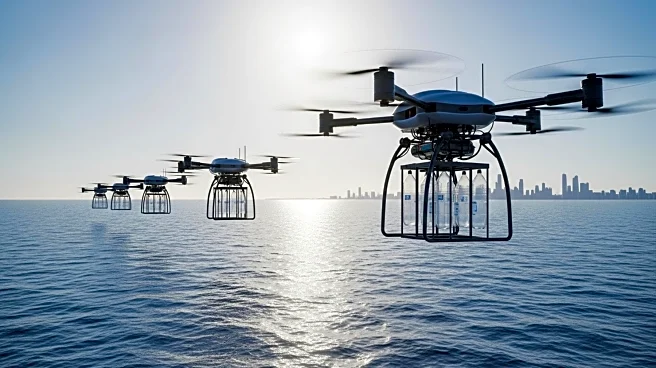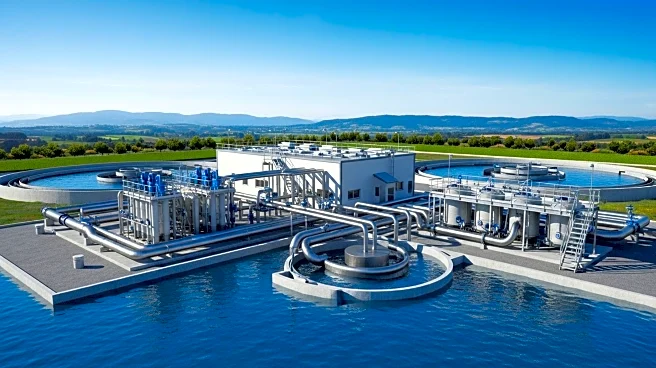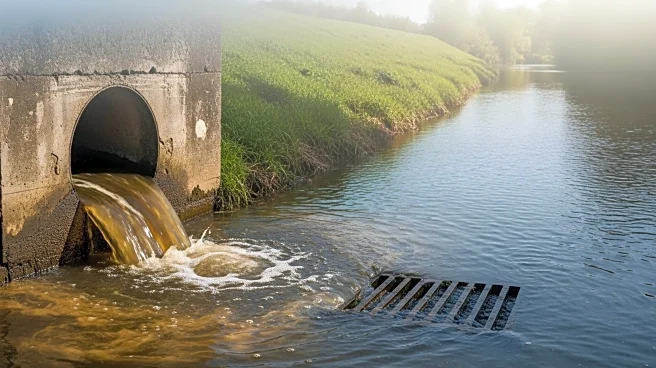What's Happening?
On September 13, 2025, volunteers in Southern Maryland will gather at Abell’s Wharf in Leonardtown to plant one million baby oysters in the Breton Bay Oyster Sanctuary. This community-driven event is organized by the St. Mary’s River Watershed Association and Friends of St. Clement’s Bay. The initiative aims to restore the oyster population in Breton Bay, a critical ecosystem in the Chesapeake Bay. Oysters play a vital role in filtering water and providing habitat for marine life. The event is part of a multi-year effort to enhance the bay's ecological health, with over four million oysters planted since 2017.
Why It's Important?
The restoration of oyster populations in Breton Bay is crucial for improving water quality and supporting marine biodiversity. Oysters are a keystone species, and their decline has significant ecological consequences. This volunteer effort highlights the importance of community involvement in environmental conservation. It also underscores the challenges faced by local ecosystems due to overharvesting, disease, and pollution. Successful restoration could lead to increased state and federal support, benefiting both the environment and local communities reliant on the bay for recreation and livelihoods.
What's Next?
The success of this oyster planting event could encourage further community-led conservation efforts and potentially attract government funding for larger-scale restoration projects. Monitoring the impact of the planted oysters will be essential to assess the health of the bay and guide future initiatives. Continued community engagement and advocacy for policies supporting oyster restoration and water quality improvements will be vital for long-term success.
Beyond the Headlines
The event highlights the broader issue of environmental stewardship and the role of local communities in addressing ecological challenges. It raises questions about the sustainability of current practices and the need for innovative solutions to protect natural resources. The initiative also serves as an educational opportunity, fostering a sense of responsibility and connection to the environment among participants, particularly younger generations.


